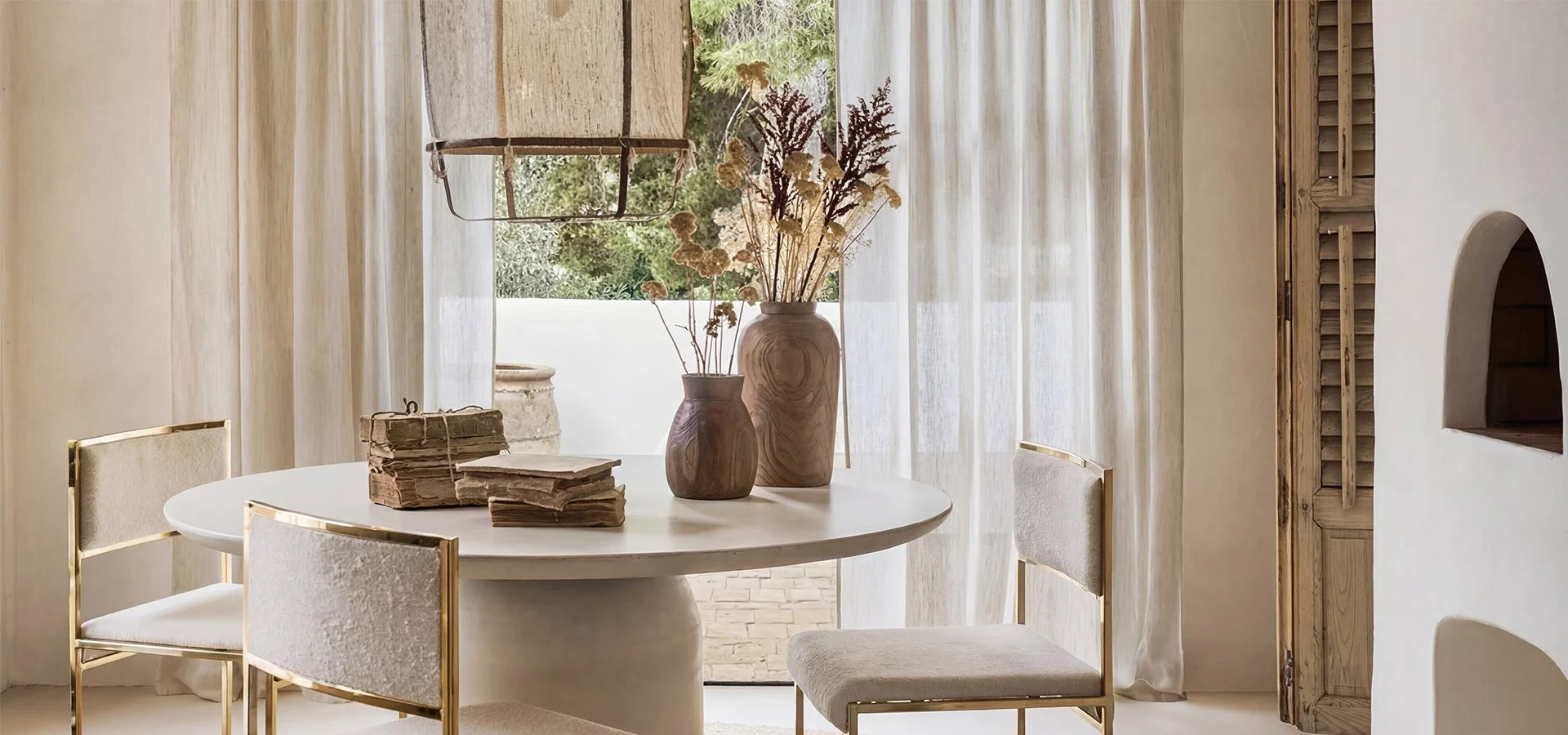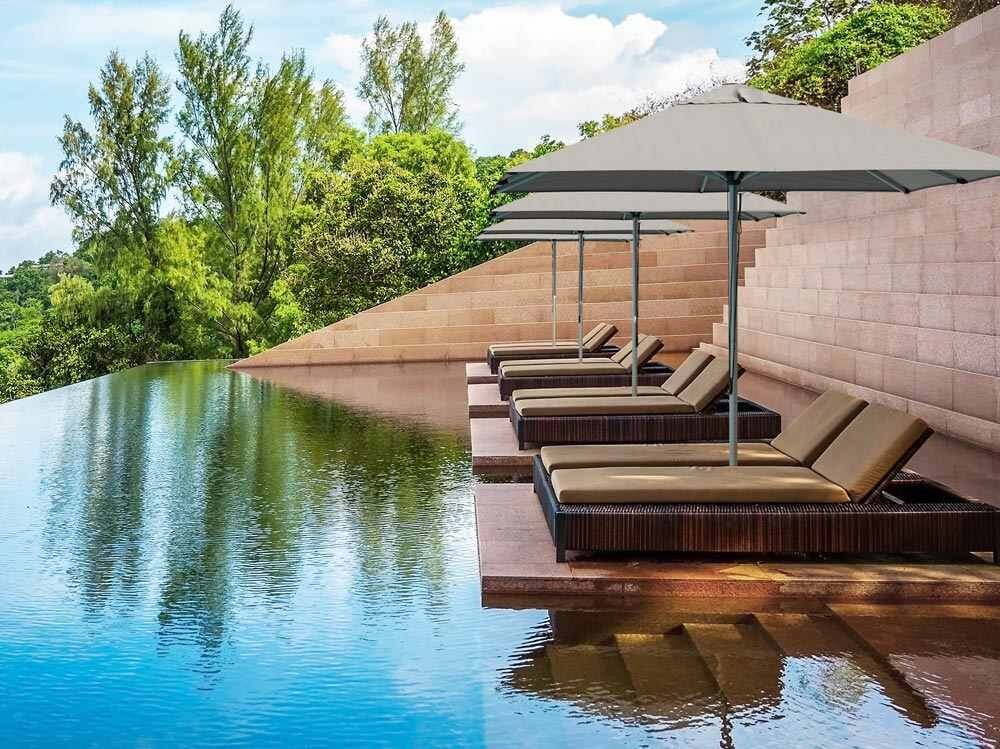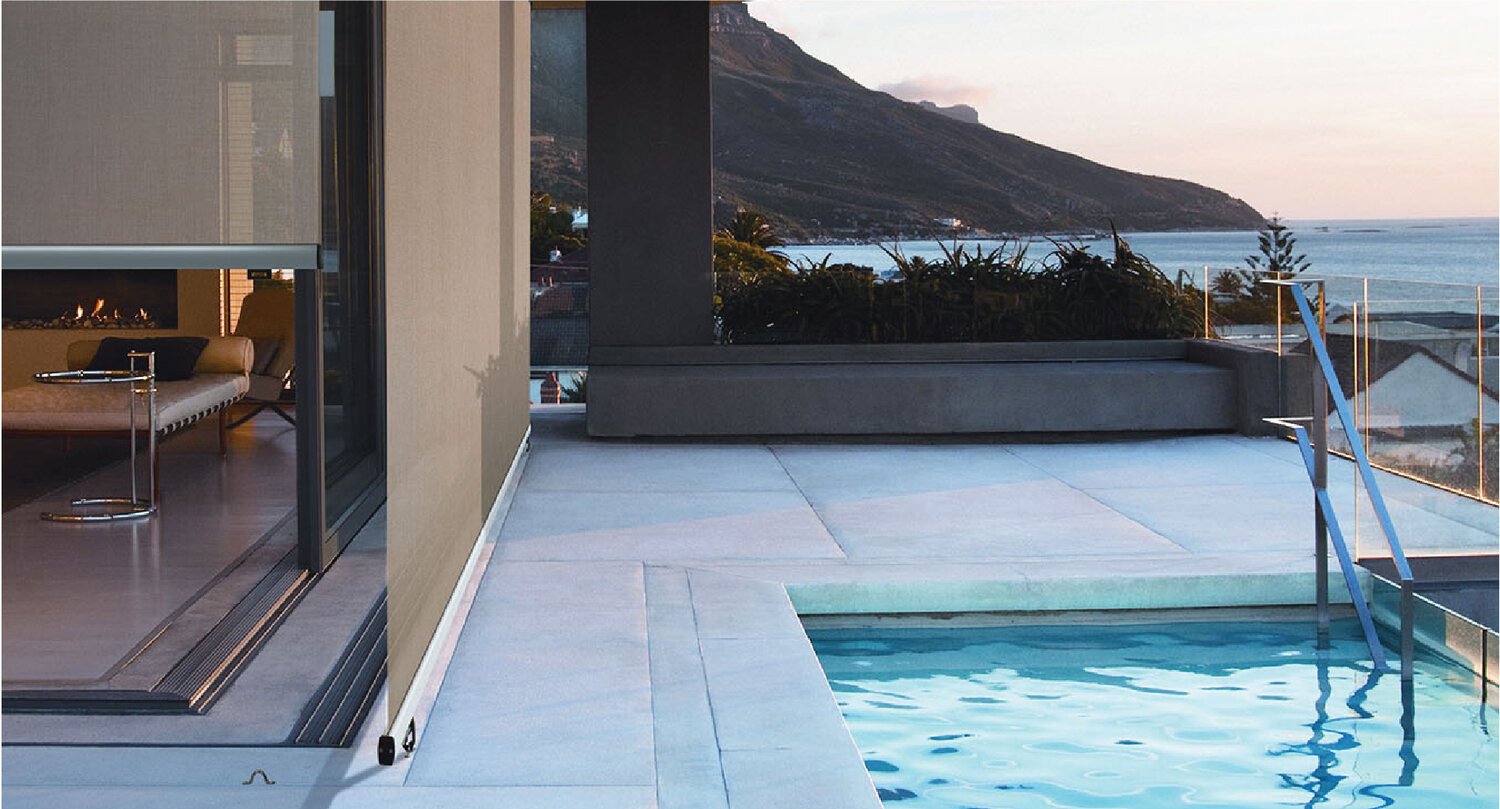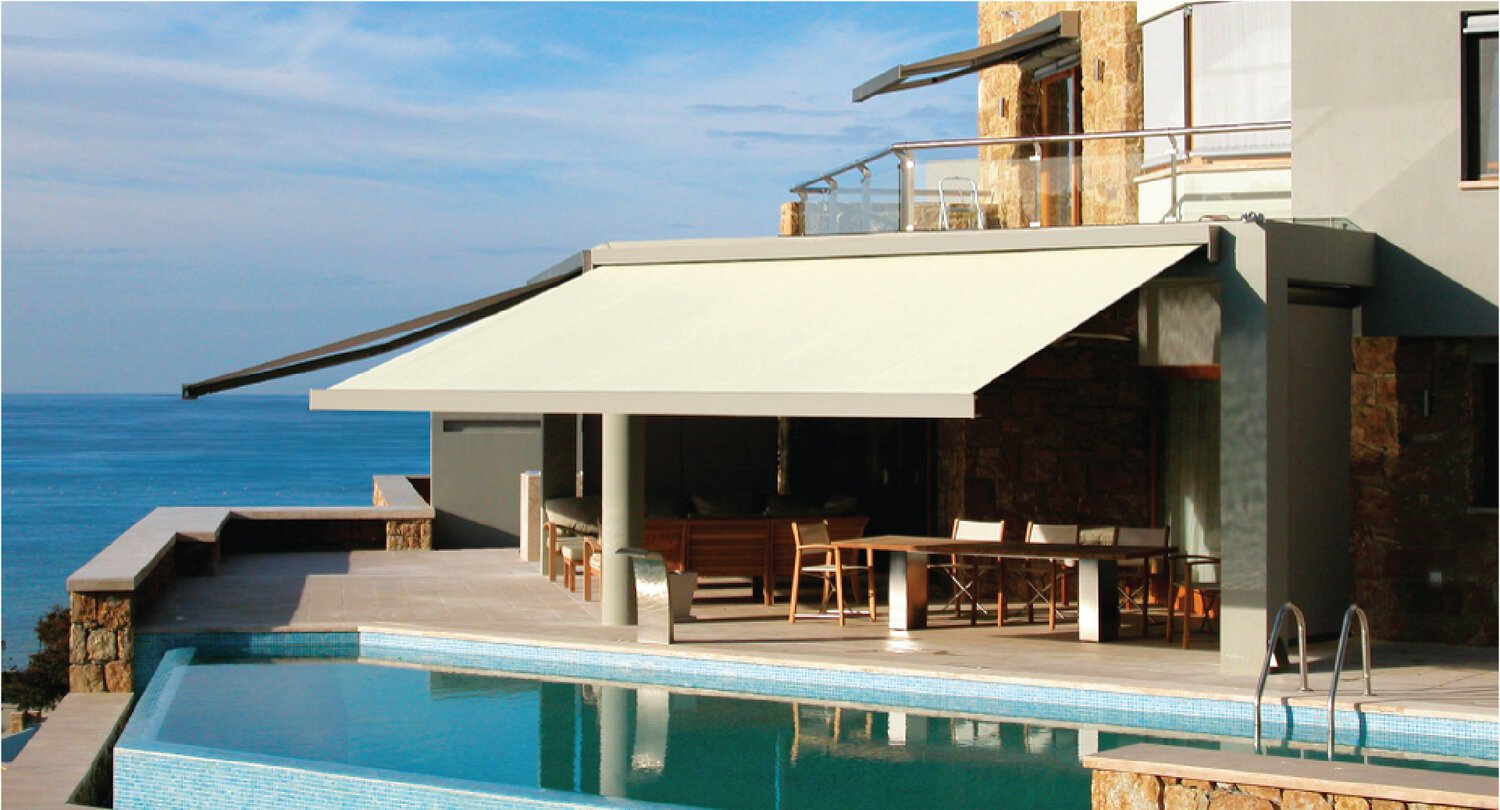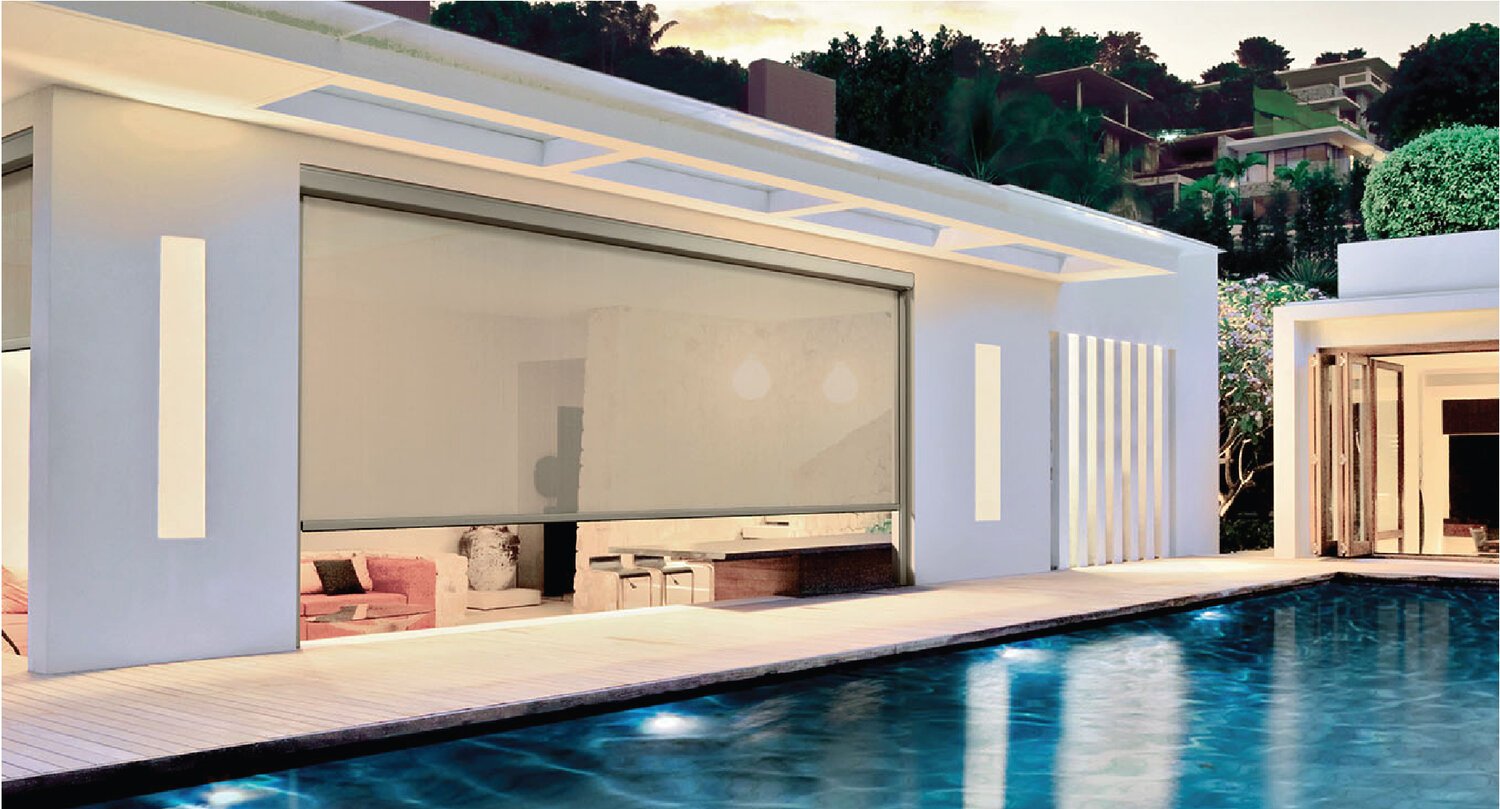
Timeless Awnings Sunshine Coast
Ready to Have The Best Awnings For Your Outdoor Space?
Looking to enhance your outdoor space while staying cool? Or, maybe you’ve heard about creative ways to reduce your home’s energy bills?
Awnings are the perfect solution for Sunshine Coast homeowners who are tired of battling the sun’s harsh rays while trying to enjoy their patio, deck, or garden (sound familiar?).
Whether it’s protecting your outdoor furniture or keeping your home cooler, many homeowners struggle with finding a stylish and effective solution to the intense Queensland sun.
That’s where Coverings Sunshine Coast steps in. Our custom-designed window coverings are the answer to all your shading needs.
From folding arm awnings to permanent fixtures, we offer a range of products that not only provide shade but also elevate the aesthetic of your outdoor area.
The Coverings Sunshine Coast Difference:
25+ years of experience with all types of window coverings
100% obligation-free quote and measure (put our value to the test)
Peace of mind 25 year product warranties to protect your investment
Custom-made designs and Australian-made products tailored to your needs
With years of experience in the local market, Coverings SC is equipped with the knowledge and craftsmanship to deliver high-quality, durable window furnishings that withstand the elements.
Our team is dedicated to ensuring that you receive the best advice, design, and installation services on the Coast.
Ready to create the perfect shade solution for your home? Contact us today at (07) 5315 8160 or claim your fast and FREE quote online to put our value to the test.
Our Awning Solutions
Alpha
MODERN STYLING
From common componentry across the range to quick and easy installations, the Alpha Awnings are an ideal contemporary hardware system for the Australian market…
Automatic Lock Arm
Control light, privacy and temperature in your home with our range of sleek external coverings…
Folding Arm
Our range of folding arm awnings comprises of classic style open and contemporary enclosed cassette solutions….
Wire Guide Awning
The Sunshine Coast is known for alfresco living, but ensuring every component of your outdoor space is protected from the elements is also an essential aspect of enjoying our coastal lifestyle. One mechanism providing effortless screen and awning management, particularly Zipscreens, is our range of Wire Guide Retractable Awnings.
Motorisation
The motorisation solution for your awning…
Zipscreen
Zipscreen built for you.
How do I know if I need awnings?
They can be a game-changer for your home, but how do you know if they're the right fit for you? Here are a few signs:
✗ Your outdoor space is too hot to enjoy. If the heat is making it uncomfortable to relax on your deck or patio, an awning can provide much-needed shade.
✗ Your indoor spaces are overheating. They can help reduce the amount of direct sunlight entering your home, keeping it cooler and lowering your energy costs.
✗ You want to protect your outdoor furniture. Prolonged exposure to the sun can fade and damage your furniture. These window treatments shield your furniture from the elements, extending its lifespan.
✗ You’re looking to improve your home’s appearance. A well-designed awning can add style and curb appeal to your property.
If any of these issues resonate with you, it's probably time to consider these window coverings.
If you want to learn more, check out our articles:
How much do awnings cost?
The cost can vary depending on several factors such as the type of awning, size, materials used, and installation complexity. Below is a general pricing guide to give you an idea of the ranges:
Check out the pricing table below for average costs.
| Type | Price Range | Description |
| Retractable Awnings | $2,500 - $6,500 | Flexible shading option, manual or motorised, perfect for patios and decks. |
| Fixed Awnings | $1,500 - $4,000 | Permanent structures offering robust protection, ideal for windows and doors. |
| Folding Arm | $3,000 - $7,000 | Extendable arms provide wide coverage, great for patios and large outdoor areas. |
| Alpha | $1,800 - $4,500 | Sleek, modern option designed for both privacy and weather protection. |
| Automatic Lock Arm | $1,200 - $3,500 | Spring-loaded arms that lock in place, offer simple operation and shade. |
| Zipscreen | $2,500 - $5,500 | Vertical design offer full enclosure and wind protection for outdoor spaces. |
| Wire Guide Awnings | $2,000 - $5,000 | Wire-guided system ideal for balconies and outdoor shading. |
| Motorisation | $3,500 - $8,000 | Convenient motorised option with remote or sensor control for ease of use. |
| Shade Sails | $1,000 - $3,500 | Tensioned fabric provides shade over larger open spaces like gardens or pools. |
| Canopy Awnings | $1,200 - $3,800 | Stylish, curved design that offer both shade and aesthetic appeal. |
PLEASE NOTE: These prices include both the product and installation but may vary depending on customisation, material choice, and other factors. For more information, reach out and claim a 100% obligation-free quote online.
How long do awnings take to install?
The installation time depends on several factors, including the type of awning, the size of the area, and whether any customisation is required. Here's a general breakdown:
Standard retractable or fixed awnings usually take 1-2 days to install after the design and product have been finalised.
Custom-designed or larger installations may take up to a week from start to finish, including design consultations and fabrication.
Shade sails or canopy awnings can also take 2-4 days, depending on the complexity and size of the area being covered.
Shield your home from more than just the sun — discover our Sunshine Coast security doors for added protection and peace of mind.
How long do awnings typically last?
| Type | Lifespan | Description |
| Retractable Awnings | 10-15 years | The fabric may last 10-15 years, while the motor or manual mechanism can last similarly with proper maintenance. |
| Fixed Awnings | 15-20 years | Made from durable materials, they can last longer with minimal maintenance. |
| Folding Arm | 10-15 years | High-quality materials ensure a long lifespan, particularly with regular care for the folding mechanism. |
| Alpha | 10-15 years | Designed for durability and weather resistance, they last well in tough conditions. |
| Automatic Lock Arm | 8-12 years | Due to their spring-loaded mechanism, regular maintenance can extend their lifespan. |
| Zipscreens | 10-15 years | With UV-resistant fabrics and sturdy construction, Zipscreens last well under direct sunlight. |
| Wire Guide Awnings | 10-15 years | They are durable, but the wires and mechanism may require maintenance over time. |
| Motorisation | 10-15 years | The motor, with regular servicing, can last 15+ years, while the fabric may need replacement after 10-12 years. |
How can I identify a professional local awning installer?
Identifying a professional local team and choosing the right provider can be a straightforward process… as long as you know what to look for. Here are some key factors to consider when selecting the most suitable provider:
Experience and Expertise: Look for companies with a proven track record. A provider with years of experience will have a better understanding of the unique weather conditions and architectural styles on the Sunshine Coast, ensuring your window coverings are both functional and aesthetically pleasing.
Quality of Materials: A professional provider will use high-quality materials designed to withstand the elements. Ensure the window furnishings are made from durable fabrics, corrosion-resistant metals, and strong mechanisms, especially for retractable options.
Customisation Options: Your awning should complement the style of your home or business. Choose a provider that offers a range of designs, colours, and custom solutions to suit your individual needs.
Installation and Aftercare Services: Professional providers offer comprehensive installation services and provide aftercare or warranties for their products. This gives you peace of mind that your investment is protected in the long term.
Customer Reviews and Testimonials: Take the time to read reviews or ask for testimonials from previous customers. A well-reviewed company will likely provide excellent service and high-quality installations.
Ready to create the perfect shade solution for your home? Contact us today at (07) 5315 8160 or claim your fast and FREE quote online to put our value to the test.
Frequently Asked Questions About Awnings on the Sunshine Coast
-
Sun Protection: They provide effective shade, reducing the amount of direct sunlight entering your home or outdoor spaces. This helps protect you and your family from harmful UV rays while keeping outdoor areas cool and comfortable.
Energy Efficiency: By blocking out the sun's heat, they help to lower indoor temperatures, reducing the need for air conditioning. This can lead to significant energy savings, especially during the hot Sunshine Coast summers.
Extended Outdoor Living Space: They create a comfortable outdoor space, allowing you to enjoy your patio, deck, or garden year-round, regardless of weather conditions. This makes them perfect for entertaining or simply relaxing outdoors.
Protection for Furniture and Décor: Prolonged exposure to the sun can cause outdoor furniture, carpets, and interior furnishings near windows to fade or deteriorate. These window treatments provide shade that helps preserve the quality and lifespan of your possessions.
Curb Appeal and Property Value: A well-designed awning can enhance the look of your home or business, adding style and character. In addition, they can increase the value of your property by offering practical and aesthetic benefits.
-
Choosing the right awning involves several key considerations to ensure it meets both your functional needs and style preferences. Here’s a guide to help you make the best choice:
Purpose and Placement: Consider where you need the awning—whether it’s for a patio, deck, window, or door. For larger outdoor areas, retractable awnings might be ideal, while fixed awnings work well for smaller spaces like windows or entryways. Knowing the primary purpose—shade, sun protection, or weather resistance—will help narrow down your options.
Type of Awning: Depends on whether you’re looking for flexibility, constant shade, open spaces, etc.
Material Quality: Select high-quality materials that are durable and weather-resistant. Look for UV-resistant fabrics, corrosion-proof metal components, and sturdy mechanisms, especially if you live in areas with harsh sun or frequent storms, like the Sunshine Coast.
Style and Aesthetic: Your awning should complement the design of your home or business. Choose from a variety of colours, patterns, and styles to match the architecture and enhance the overall appearance of your property.
Automation and Features: Modern options come with features like motorised controls or sensors that automatically retract the awning in strong winds. Consider these features for added convenience and protection.
Budget: They come in a wide range of prices. Set a budget but be mindful that higher-quality materials and additional features may offer better long-term value and durability.
-
They can be designed to be waterproof, but won’t necessarily be ready to handle heavy rain from day one.
They are typically made from various materials such as polyester, acrylic, or vinyl, and they can be treated or coated to enhance their waterproof properties.
Additionally, they can be constructed with a slope to allow water to drain off easily, preventing water accumulation and potential leaks.
If you’re concerned about moisture, look for options that are explicitly labelled as waterproof or water-resistant. They are designed to withstand rainfall and prevent water from penetrating through the fabric.
However, it's important to note that while these window coverings are designed to be water-resistant or waterproof, heavy rain or prolonged exposure to water may eventually cause some water to seep through.
Regular maintenance and care, such as cleaning and applying waterproofing treatments, can help prolong the awning's water resistance and ensure its durability over time.
-
Leaving an awning up all year depends on various factors, including the type of awning, the local climate, and the specific design and construction of the awning. Here are some considerations to help you avoid unnecessary damage.
Retractable Awnings: If you have a retractable awning, it is generally advisable to retract and store it during certain weather conditions. They are designed to be extended and retracted as needed, providing flexibility and protection. It's recommended to retract the awning during strong winds, storms, or when it's not in use for an extended period.
Fixed Awnings: They are designed to be installed and left in place for long periods, including throughout the year. They are typically built with more durable materials and are designed to withstand the elements. However, it's still important to consider the specific climate and weather conditions in your area.
Local Climate: The climate of your specific location plays a significant role in determining whether you can leave an awning up all year. In mild climates with minimal temperature variations and low chances of extreme weather events, leaving the awning up year-round may be feasible. However, in areas with strong winds or heavy rain, it may be necessary to remove or protect the awning during certain seasons or weather conditions.
Maintenance and Inspection: Regardless of the type of awning or climate, regular maintenance and inspection are essential to ensure its longevity. Inspect the awning periodically for any signs of damage, wear, or stress, and address any issues promptly. Cleaning the awning regularly and following manufacturer recommendations for care and maintenance will help prolong its lifespan.
-
Closing your awning at night is generally sound practice, especially if you have a retractable awning.
You’ll want your window treatments to stand strong and do their job for years to come, so here are a few reasons why closing your awning at night can work in your favour:
✔ Protection from Weather: Closing your awning at night helps protect it from potential damage caused by overnight weather conditions such as heavy winds, rain, or storms. Even if the weather seems calm when you go to bed, conditions can change unexpectedly during the night. Closing the awning minimises the risk of damage from sudden gusts of wind or other weather-related hazards.
✔ Preventing Debris Accumulation: By closing your awning at night, you can prevent debris such as leaves, twigs, or bird droppings from accumulating on the fabric. This helps to keep your awning clean and reduces the need for frequent cleaning and maintenance.
✔ Energy Efficiency: During the day, an extended awning provides shade and blocks direct sunlight, which helps to keep your home cooler and reduces the need for air conditioning. However, at night, there is no need for shade, and closing the awning allows for better heat dissipation from windows and prevents heat from being trapped between the awning and the building.
✔ Security and Privacy: By retracting the awning, you reduce the risk of unauthorised access or tampering with the awning itself. It also prevents potential visibility into your home from outside during nighttime.
Major Brand Suppliers








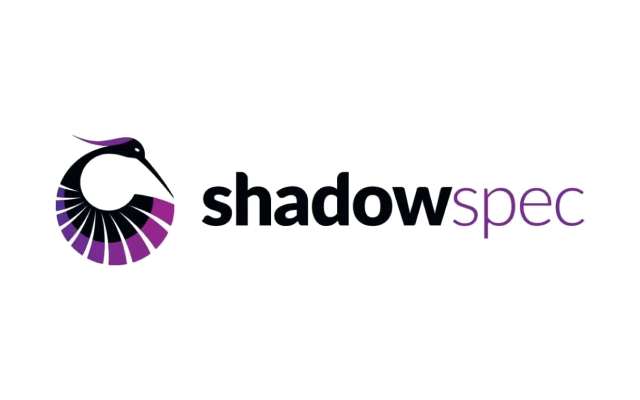
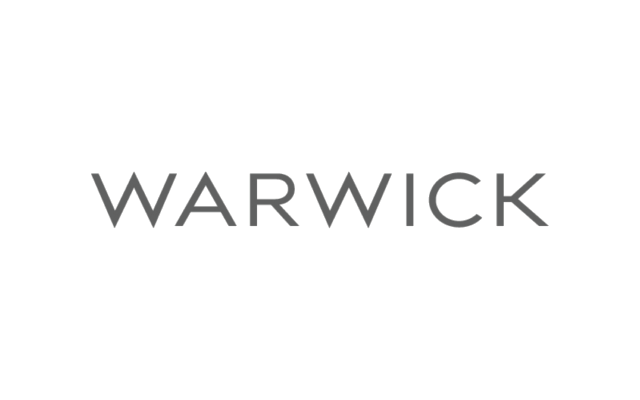







Why Choose Us
25 Years of Experience
Up to 25 Year Product Warranty
Free Quote & Measure
Australian Made Products
Free Colour Consultation
Custom Design
Client love notes
-
“We are so thrilled with our window coverings. It is so hard to think that it has been a year since we moved in.”
Jan and Jim Christian
-
“Coverings Noosaville have taken their business to a new level. Its a fantastic experience to visit their showroom. Most Coverings Showrooms look like they have come from the mid century and are typically bleak and unimaginative. The products displayed are very appealing. Systems are app driven and sleek. Messaging and a smooth process is top class. Rate the team very highly“
Cheryl Nash
-
“Fantastic local company. Very prompt from quoting to installation. Excellent customer service and a very high quality product. Would 100% recommend using Coverings Sunshine Coast.“
Merrick Davis
